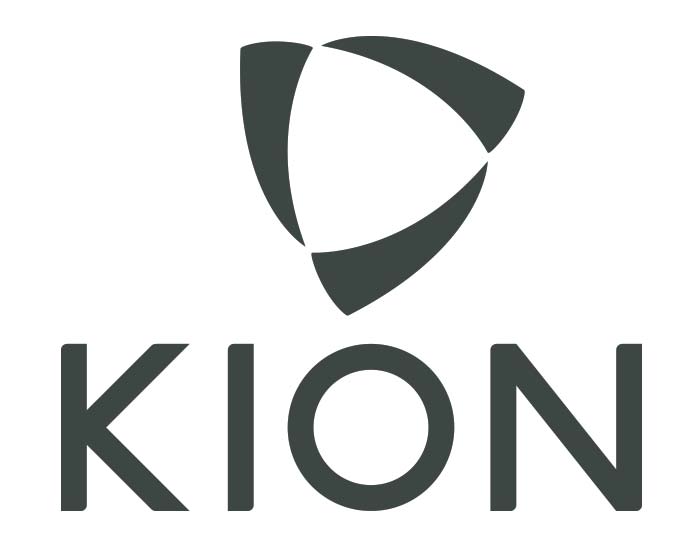Every region’s traditional cuisine has its own set of fermented food. Miso, tempeh, tamari and natto are examples of the various ways Asians have learned to ferment soy beans. They are quite diverse in flavor, form, texture and culinary properties. This is due to the particular methods or stages of fermentation each of these products undergo.
Miso and tamari are used as sauce or as flavoring in the preparation of other dishes. The latter is actually a byproduct in the manufacture of the former. Tamari is the liquid that accumulates as the miso continues to mature. There are various types of miso. It depends on which grains, other than soy beans, are used. Tamari is derived from miso made almost exclusively from soy.
Meanwhile tempeh and natto are viands by themselves. With tempeh, the soy beans are ground and formed into large patties. But in natto, the individual beans are still distinguishable though quite soggy and sticky. It also has a very pungent odor that makes this dish an acquired taste. Tempeh is actually of Indonesian origin, while natto as well as miso and tamari are part of Japanese cuisine.
These four types of traditional Asian food have a lot of proteins and other nutrients to offer. But the way soy beans are cultivated nowadays, plus some of the ingredients used in the fermentation, introduces some health risks that need to be considered.
Continue reading and learn more about the pros and cons of miso, tempeh, tamari or natto and why the Superhuman Food Pyramid recommends only moderate consumption of these sources of protein. Continue reading →

